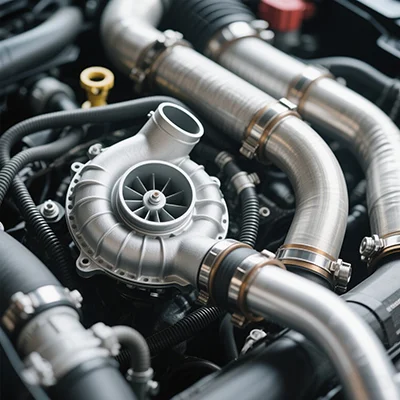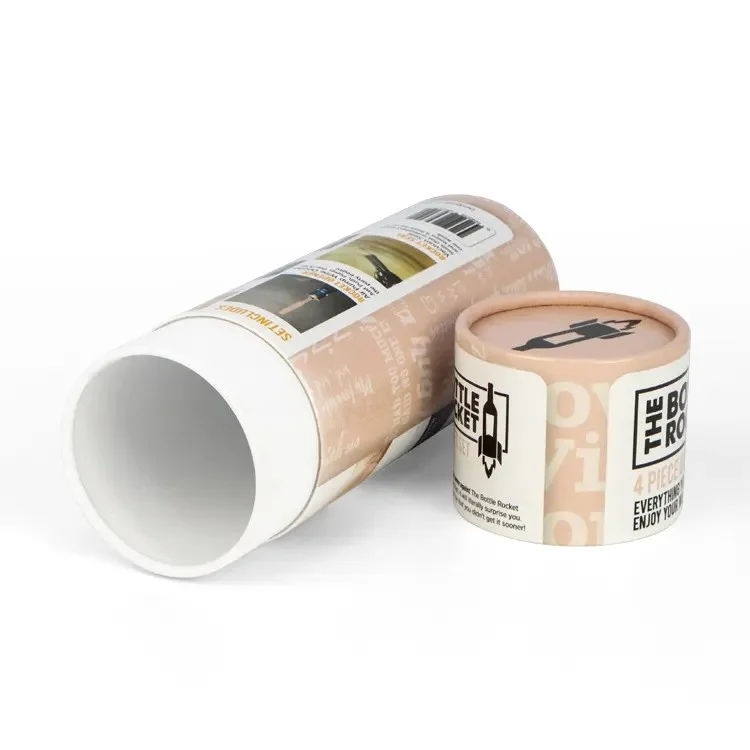In an increasingly digital world, the demand for high-quality printed materials remains robust. Whether for professional presentations, artistic endeavors, or everyday home use, the type of printer you choose can significantly impact the quality of your prints. This article delves into the various types of printers available on the market, evaluating their capabilities to determine which type of printer gives the best quality.
Understanding Printer Types
Before we can identify which printer offers the best quality, it’s essential to understand the primary types of printers available:
- Inkjet Printers
- Laser Printers
- Dye-Sublimation Printers
- Solid Ink Printers
- 3D Printers
Each of these printer types has its unique strengths and weaknesses, making them suitable for different applications.
Inkjet Printers: Versatility Meets Quality
Inkjet printers are perhaps the most common type of printer found in homes and small offices. They work by spraying tiny droplets of liquid ink onto paper, allowing for vibrant colors and intricate details.
Advantages:
- Color Quality: Inkjet printers excel in producing high-quality color prints, making them ideal for photographs and graphics.
- Media Flexibility: They can print on various media types, including glossy photo paper, textured stationery, and even canvas.
Disadvantages:
- Speed: Inkjet printers are generally slower than laser printers, especially for text documents.
- Ink Costs: The cost of replacement ink cartridges can add up, particularly for high-volume printing.
Laser Printers: Speed and Precision
Laser printers utilize a laser beam to produce high-quality text and graphics on paper. They are known for their speed and efficiency, making them a popular choice for businesses.
Advantages:
- Text Quality: Laser printers produce sharp, crisp text, making them ideal for professional documents.
- Cost-Effectiveness: While the initial investment may be higher, the cost per page is often lower than inkjet printers, especially for black-and-white printing.
Disadvantages:
- Color Limitations: While color laser printers exist, they typically do not match the color vibrancy of inkjet printers.
- Media Limitations: Laser printers may struggle with certain media types, such as glossy photo paper.
Dye-Sublimation Printers: The Photographer’s Choice
Dye-sublimation printers are specialized devices primarily used for printing photographs. They work by transferring dye onto the printing surface through heat, resulting in stunning, high-quality images.
Advantages:
- Photo Quality: Dye-sublimation printers produce exceptional color depth and detail, making them perfect for professional photography.
- Durability: Prints are often water-resistant and have a longer lifespan compared to traditional inkjet prints.
Disadvantages:
- Cost: Dye-sublimation printers can be expensive, and the cost of consumables is relatively high.
- Limited Media: They are primarily designed for photo printing and may not be suitable for standard document printing.
Solid Ink Printers: Eco-Friendly Innovation
Solid ink printers use solid sticks of ink that are melted and applied to paper. They are known for their vibrant colors and environmental benefits.
Advantages:
- Color Quality: Solid ink printers produce bright, vivid colors and can handle a variety of media types.
- Eco-Friendly: The solid ink cartridges generate less waste compared to traditional ink cartridges.
Disadvantages:
- Speed: They may not be as fast as laser printers for high-volume printing.
- Initial Cost: The upfront cost can be higher than other printer types.
3D Printers: The Future of Printing
While not traditional in the sense of paper printing, 3D printers are revolutionizing the way we think about printing. They create three-dimensional objects from digital files, offering unparalleled customization.
Advantages:
- Customization: 3D printers can produce unique items tailored to specific needs.
- Material Variety: They can work with various materials, including plastics, metals, and even biological materials.
Disadvantages:
- Complexity: The technology can be complex, requiring specialized knowledge to operate effectively.
- Quality Variability: The quality of prints can vary significantly based on the printer model and settings.
Conclusion: Which Type of Printer Gives the Best Quality?
Determining which type of printer gives the best quality ultimately depends on your specific needs. For vibrant color prints and photographs, inkjet and dye-sublimation printers are often the best choices. If you prioritize speed and text quality for professional documents, laser printers are the way to go. For those interested in innovative applications, 3D printers offer exciting possibilities.



